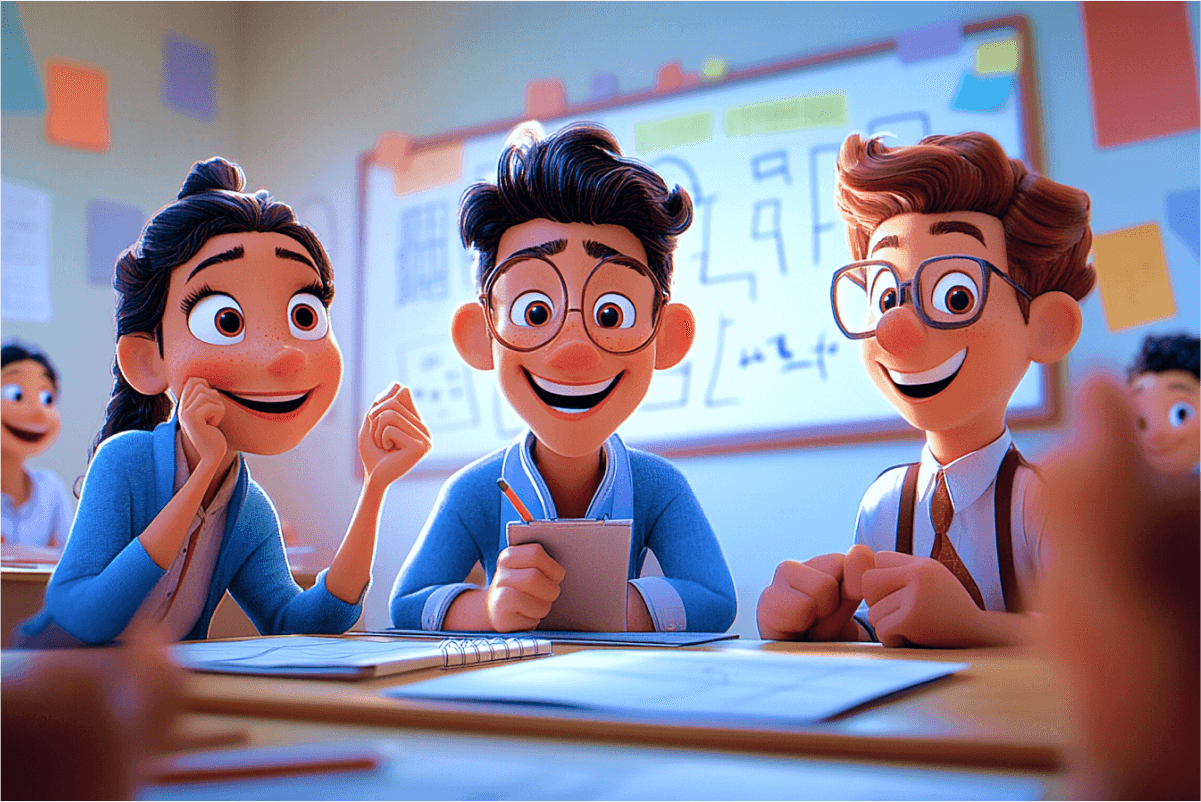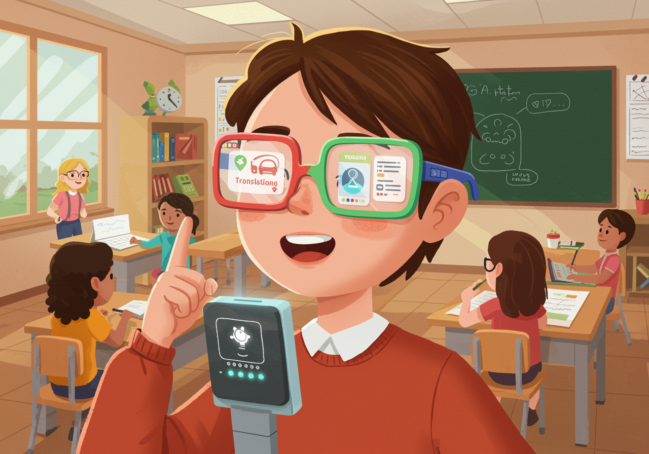Reflective learning is a powerful tool that can greatly enhance students’ educational experiences. By engaging in thoughtful self-reflection and analysis, students are able to gain a deeper understanding of the material they are learning and develop critical thinking skills. In this article, we will explore the importance of reflective learning classroom activities that can be implemented to foster this type of learning.
Understanding Reflective Learning
Before diving into the various activities, it is important to have a solid understanding of what reflective learning entails. Reflective learning is the process of thinking critically about one’s own experiences, actions, and beliefs in order to gain insights and knowledge. It involves examining personal strengths and weaknesses, identifying areas for improvement, and applying newfound understanding to future situations.
Reflective learning goes beyond simply recalling past experiences; it requires a deep level of introspection and analysis. By engaging in reflective learning, individuals are able to explore the underlying reasons behind their actions and decisions, leading to a greater self-awareness and personal growth. This process allows individuals to not only learn from their successes, but also from their failures, turning setbacks into valuable learning opportunities.
The Importance of Reflective Learning in Education
Reflective learning plays a crucial role in education as it encourages students to become active participants in their own learning journey. By reflecting on their experiences, students are able to make connections between theory and practice, ultimately deepening their understanding of the subject matter. Additionally, reflective learning promotes metacognition, helping students develop the ability to monitor their own learning process and make adjustments as needed.
Moreover, reflective learning fosters critical thinking skills, as students are challenged to analyze and evaluate their own thoughts and actions. This not only enhances their ability to solve problems, but also cultivates a sense of intellectual curiosity and a lifelong love for learning. By encouraging students to think critically and reflect on their learning experiences, educators empower them to become independent thinkers and active contributors to society.
Key Principles of Reflective Learning
In order to effectively implement reflective learning activities, it is important to keep in mind a few key principles. First and foremost, reflection should be a regular and ongoing part of the learning process, rather than an isolated event. By incorporating regular reflection into the curriculum, educators create a habit of introspection and self-assessment, allowing students to continuously improve their learning strategies.
Secondly, reflection should be both individual and collaborative, allowing students to learn from their own experiences as well as from the experiences of their peers. By engaging in collaborative reflection, students gain different perspectives and insights, broadening their understanding of the subject matter and fostering a sense of community within the learning environment.
Finally, reflective learning should be focused on specific learning outcomes, providing students with clear goals to work towards. By setting clear objectives for reflection, educators ensure that students are able to apply their newfound insights and knowledge to real-world situations. This targeted approach to reflective learning not only enhances the effectiveness of the process, but also empowers students to take ownership of their learning and actively pursue their educational goals.
Implementing Reflective Learning Activities
Setting the Stage for Reflective Learning
Creating an environment that is conducive to reflective learning is essential. Start by setting clear expectations and goals for students, emphasizing the importance of reflection in their learning process. Encourage students to keep a reflective journal or portfolio where they can document their thoughts and observations throughout the course.
Furthermore, it is crucial to establish a safe and supportive classroom atmosphere. Students should feel comfortable sharing their reflections and experiences without fear of judgment. This can be achieved by fostering a sense of trust and respect among classmates, as well as providing regular opportunities for open dialogue.
Additionally, provide opportunities for students to engage in discussions and share their experiences with their peers. This can be done through small group discussions or whole-class reflections, allowing students to learn from one another and gain different perspectives. By actively participating in these discussions, students can deepen their understanding of the subject matter and expand their critical thinking skills.
Strategies for Facilitating Reflective Learning
There are various strategies that can be employed to facilitate reflective learning activities. One effective strategy is the use of guided questions. These questions can prompt students to reflect on specific aspects of their learning experience, such as what they have learned, how it has influenced their thinking, and how they can apply it to real-world situations.
Moreover, incorporating multimedia resources can enhance the reflective learning process. Videos, images, and audio clips can provide students with additional perspectives and stimulate their thinking. For example, watching a documentary or listening to an expert’s interview can spark meaningful reflections and encourage students to connect their learning to real-life contexts.
Another strategy is the use of case studies or real-life scenarios. These provide students with opportunities to apply their knowledge and reflect on the outcomes. By analyzing different perspectives and considering the consequences of their actions, students become more engaged in the learning process and develop a deeper understanding of the subject matter.
Furthermore, incorporating self-assessment activities can empower students to take ownership of their learning. Encourage students to evaluate their progress, identify areas for improvement, and set goals for future learning. This self-reflection process not only enhances metacognitive skills but also promotes a growth mindset, as students recognize that learning is a continuous journey.
In conclusion, implementing reflective learning activities requires careful planning and consideration. By creating an environment that supports reflection, using effective strategies, and encouraging self-assessment, educators can foster a deeper and more meaningful learning experience for their students.
Types of Reflective Learning Activities
Reflective learning activities come in various forms, catering to different learning styles and preferences. Individual reflective learning activities, for instance, provide students with the opportunity to delve into their thoughts independently. One popular activity is the learning log, a personal journal where students can jot down their reflections after each class or study session. This practice not only helps in consolidating learning but also aids in tracking progress and identifying areas for improvement over time.
Moreover, self-assessment is another valuable individual activity where students critically evaluate their own performance against specific criteria. By engaging in self-assessment, students can take ownership of their learning journey, set realistic goals for enhancement, and develop a deeper understanding of their strengths and weaknesses.
Group Reflective Learning Activities
On the other hand, group reflective learning activities foster collaboration and collective growth among students. The group debrief, for example, is a powerful activity where students gather post-project or assignment to reflect on their individual contributions and the overall group dynamics. Through this process, students gain insights from diverse perspectives, learn to appreciate different approaches, and enhance their teamwork skills.
Additionally, the peer feedback session is another impactful group activity where students engage in providing constructive criticism on each other’s work. This exercise not only prompts individuals to reflect on their own output but also hones their ability to give and receive feedback graciously – a crucial skill in professional environments for fostering continuous improvement and effective communication.
Assessing Reflective Learning Outcomes
Tools for Measuring Reflective Learning
Assessing reflective learning outcomes can be challenging, but there are several tools that can help measure the effectiveness of these activities. One common tool is the reflective journal or portfolio, where students can document their reflections and demonstrate their growth over time. Rubrics can also be used to assess the level of critical thinking and analysis demonstrated in students’ reflections.
Another valuable tool for measuring reflective learning outcomes is peer assessment. By engaging in peer evaluation, students can provide feedback to their classmates on the depth and clarity of their reflections. This not only enhances the learning experience but also fosters a sense of community and collaboration among students.
Interpreting Reflective Learning Results
Interpreting reflective learning results requires careful consideration of both qualitative and quantitative data. While quantitative data, such as scores and grades, provide a measure of achievement, qualitative data, such as students’ reflections and self-assessments, give insights into students’ thought processes and self-awareness. By analyzing both types of data, educators can gain a comprehensive understanding of students’ reflective learning outcomes.
Furthermore, conducting focus group discussions with students can offer additional perspectives on their reflective learning experiences. These discussions can uncover underlying themes, challenges, and successes that may not be evident from individual assessments alone. By delving deeper into students’ feedback and reactions, educators can tailor their teaching approaches to better support reflective learning in the classroom.
Overcoming Challenges in Reflective Learning
Common Obstacles in Reflective Learning
Reflective learning is not without its challenges. One common obstacle is time constraints, as reflective activities require students to take the time to think deeply and engage in self-analysis. Additionally, some students may struggle with self-reflection and find it difficult to articulate their thoughts and feelings.
Solutions for Reflective Learning Challenges
Despite the challenges, there are solutions that can help overcome these obstacles. One solution is to integrate reflection into regular classroom activities, rather than treating it as an additional task. This can be done through guided discussions, journal prompts, or integrating reflection into assignments and projects.
Furthermore, providing scaffolding and support can help students develop the skills needed for effective reflection. This can involve modeling reflective thinking, providing examples, and offering guidance on how to structure reflections.
Conclusion
Incorporating practical and exciting reflective learning activities into the classroom can significantly enhance students’ learning experiences. By fostering self-reflection, critical thinking, and metacognition, educators can empower students to take ownership of their learning and develop valuable skills for their future endeavors. Whether through individual or group activities, reflection is a powerful tool that can transform the way students engage with and apply their knowledge.
You might be interested:



